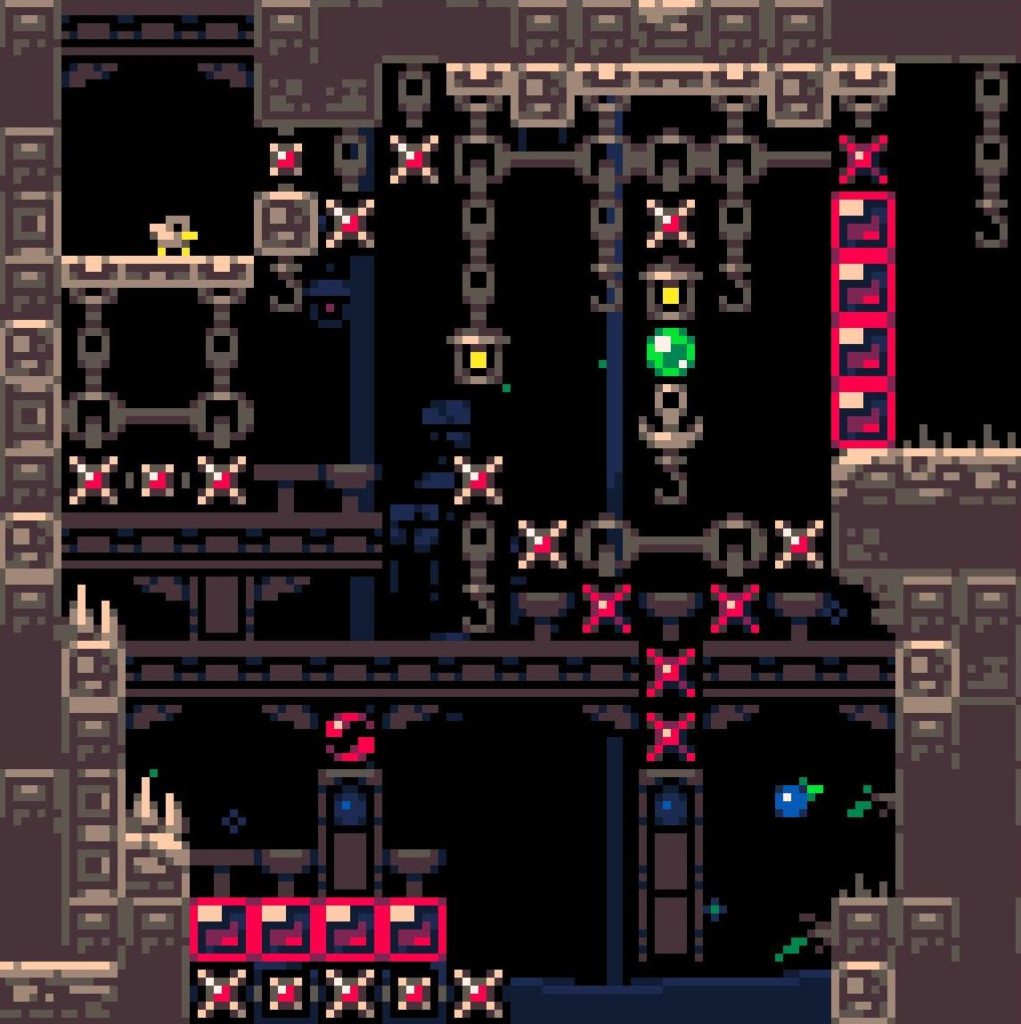
PC, Mac, Linux, Pi, Browser, free
What a lovely name, for a lovely game. To A Starling is a short (although not that short) PICO-8 platform puzzle game, in which you need to get a little birdy from the right side of the screen to the left. That’s it! Oh, and the bird can teleport.
This is a collection of one-screen challenges, that invariably involve using the cute pixel starling’s ability to teleport to the location of a green circle. Momentum is carried over, so leap to the left, then teleport, and your trajectory continues over there. That’s the key to most of the puzzles, which then start layering on new levels of challenge as you progress.

It’s one of those games where each level I thought to myself, “OK, I think that’s my limit. I cannot work out what it wants me to do this time.” And then shortly after figure out what it wants me to do. Then find myself saying, “Yeah, but I don’t have the dexterity for that,” just as I discover I do have that dexterity and reach the next screen. And repeat.
I’m not someone at all drawn toward “precision platformers”. I find the whole Gaming As Punishment thing an oddity that doesn’t draw me in. (Some golden guy on a golden horse killed me in one hit at the very start of Elden Ring, and I thought, “You know what? This game doesn’t seem to want me to play it,” and moved on. Please tell me to “git gud” in the comments below.) But To A Starling is different due to the immediacy of its restarts. Each level is one square room, and failure is immediately another chance to try. There’s no counting your failures, or limited numbers of lives. I reckon I’ve probably taken over a hundred tries on one level, as I progressively perfected the series of moves necessary. Next level I might take just two or three. There’s no shame involved.

Later on the game shifts to a red teleporter blob on the end of a rotating arm, and yes, again, I thought I’d hit my wall. And then felt just bloody marvellous when I started to figure it all out. It’s a game that gives you time and space and infinite attempts to let yourself feel clever. It’s also one of those games where playing for too long starts to affect your brain, to the point where as I type this, I’m expecting the sentences to reset and for me to be back at the start of the paragraph. Please help.
Later on the game shifts to a red teleporter blob on the end of a rotating arm, and yes, again, I thought I’d hit my wall. And then felt just bloody marvellous when I started to figure it all out. It’s a game that gives you time and space and infinite attempts to let yourself feel clever. It’s also one of those games where playing for too long starts to affect your brain, to the point where as I type this, I’m expecting the sentences to reset and for me to be back at the start of the paragraph. Please help.
Later on the game shifts to a red teleporter blob on the end of a rotating arm, and yes, again, I thought I’d hit my wall. And then felt just bloody marvellous when I started to figure it all out. It’s a game that gives you time and space and infinite attempts to let yourself feel clever. It’s also one of those games where playing for too long starts to affect your brain, to the point where as I type this, I’m expecting the sentences to reset and for me to be back at the start of the paragraph. Please help.
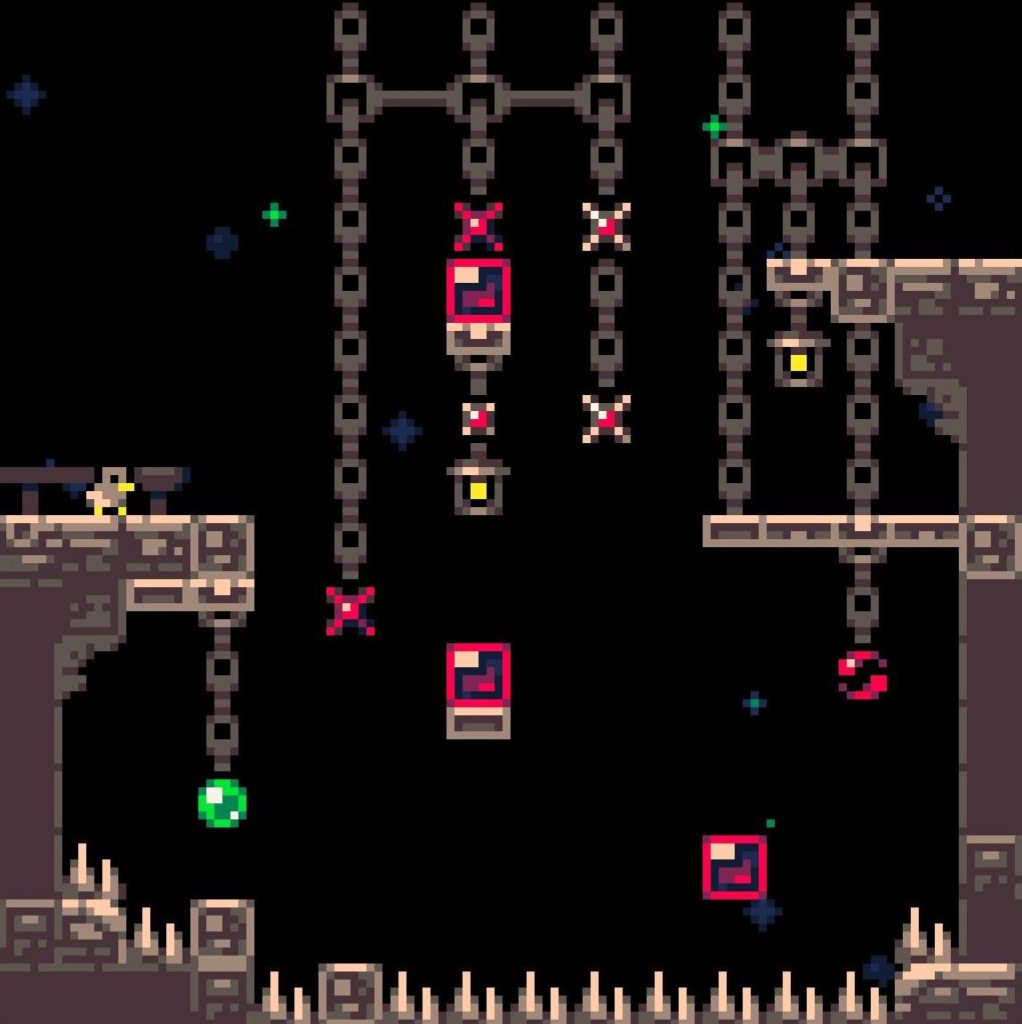
It’s free, too, but you’ll want to give creator Peteksi some money after you’ve played it. Fortunately, it’s on Itch, so you can do exactly that.
- Peteksi
- Itch.io
- Pay what you can
All Buried Treasure articles are funded by Patreon backers. If you want to see more reviews of great indie games, please consider backing this project.




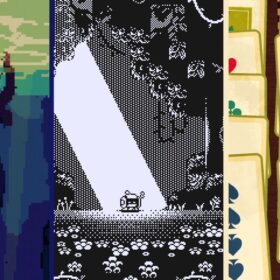



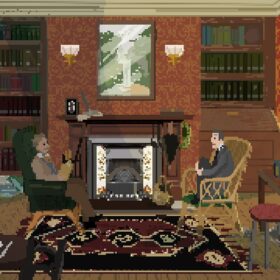
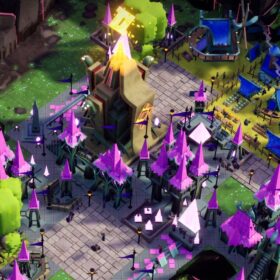
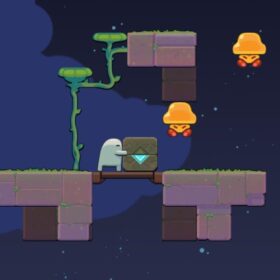


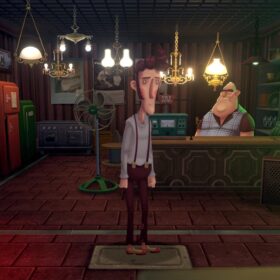
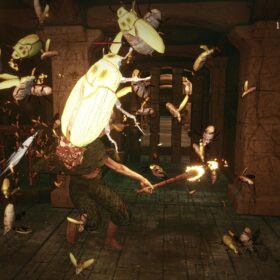

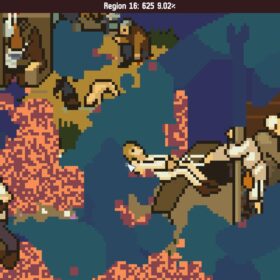
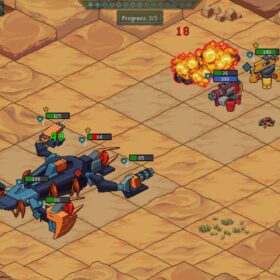



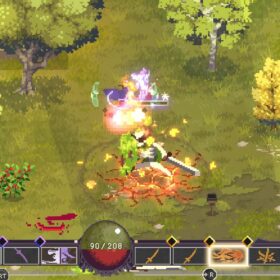
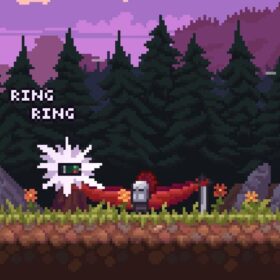

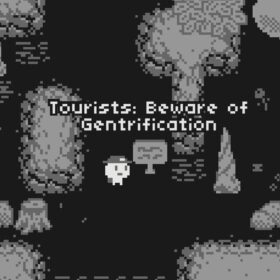


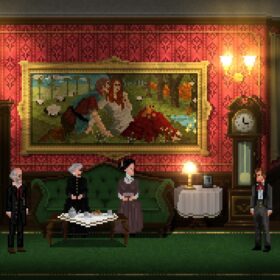

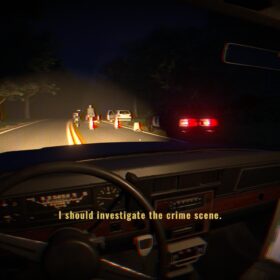
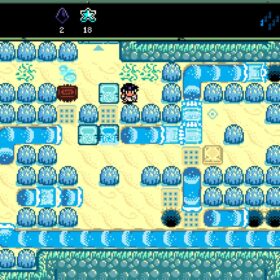
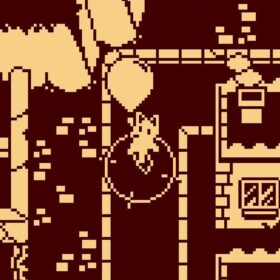
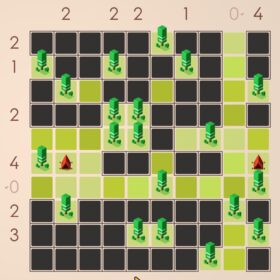

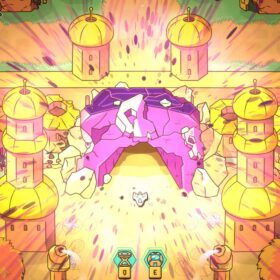
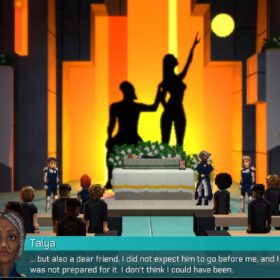

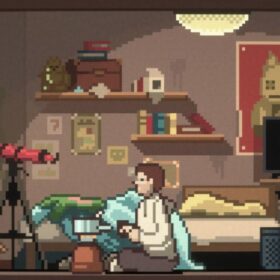
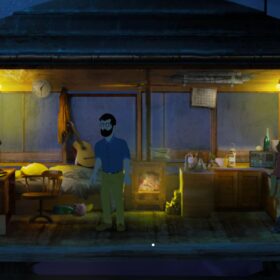

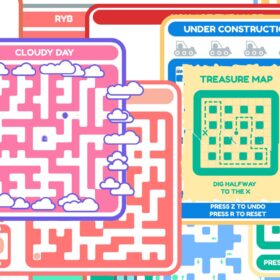

You keep saying you dislike precision platformers, yet you review them favorably on a semi-regular basis!
Also, if you ever want to give a Souls-like another try, I would recommend hiding behind your shield and walking backwards while enemies whiff all their attacks. At some point, whatever mythic monstrosity you’re facing no longer will no longer seem particularly intimidating.
Really, they are games about being consistent and disciplined in your cowardice.
I get that, I also don’t have much patience for “punishing” games. However, how is restarting a platformer level dozens of times as you describe it here (or as in VVVVVV, Celeste, Super Meat Boy, etc.) really different from retrying a boss fight in something like Elden Ring (including feeling clever afterwards)? I must say I’ve played and enjoyed all those platformers (although I haven’t been able to finish Celeste or SMB), but not any of the Souls games, so maybe the difference would be obvious to me if I had…
I’m not John, and I’ve only played a Souls for about fifteen minutes, but from comparing those platformers to my meager experience with Hollow Knight which is I guess Soulslike in structure: A lot of it is in the quickness of the restart cycle. VVVVVV was famous at the time for having checkpoints all over the place and taking you back to them right away, and Celeste also instantly takes you back to the beginning of the screen.
In Hollow Knight, I never beat the first boss. And every time I lose, I wake up at a checkpoint a few rooms away, make my way through it, fight through a few monsters and my own ghost, and then start on the fight again. I feel like if I just could spend half an hour continually fighting the boss, getting my timing down etc., I would get it with no problem. But that’s not the kind of game this is. Whereas with the platformers, if there’s something I’m failing on, they’re designed so I *am* spending the next half hour or whatever continually trying to beat this challenge. (Maybe not in SMB, I stopped playing at the first boss because IIRC I suddenly had to master dashing and that wasn’t much fun for me.)
(OK, currently my real problem with Hollow Knight is that I am currently unable to defeat the hardest boss of my gaming experience, Apple’s determination to make everything unable to run on my Mac.)
OTOH this one seems a bit more punishing than those examples, there’s often been times in the levels where I get through one sequence and then flub something near the end and wind up having to replay the first sequence a few times.
Nifflas’s games are interesting here; Knytt Underground sometimes has multiple respawn points on a screen when there are multiple challenges with resting places in between, and in Ynglet you can save anywhere you can rest long enough. There are some secret challenges in Knytt Underground where this doesn’t happen, and harder difficulties in Ynglet take away a lot of resting points which takes away save points too, so you often do have to repeat an earlier challenge because you messed up a later one. But it’s clear you’re doing this to yourself. If I play an Ynglet level on “Too Difficult” mode, I only have myself to blame if it’s too difficult!
Hi, long-time reader, first-time poster.
Incredible! I had also only discovered this game very recently while browsing Splore, the Pico-8 cartridge explorer.
I also tend to avoid “precision” games, which is possibly the byproduct of having small children and an interest in retaining a marriage. These important elements in my life grant me only precious slivers of time for gaming therapy, which is at the end of the day when I’m at my most exhausted. Many people’s mileage may vary, and I respect that, but personally I don’t have the inclination to git gud at a game that doesn’t want me to enjoy it. And gosh darn it, life is too short for dying slow, stupid deaths and then having to start all over. The deaths in this game, however, are quick and unpunishing. “You can do it this time!”, you can almost hear the game saying after you missed the teleport orb and fell into the spikes. It’s okay to make mistakes in this game. Isn’t that nice?
The single-screen levels are also easy for a player to parse, and very refreshing in an era where sprawling metroidvanias are de rigueur. I mean it as a compliment; the levels remind me of the single-screens in the game Pitfall from the Atari 2600.
Anyway, this game really took me by surprise. And I am so glad that someone with actual writing chops is spreading the word. Thank you.
RPS’s Sunday Papers news rundown had a lovely article on how Elden Ring seems to deliberately thumb its nose at game design common sense: https://hitpoints.substack.com/p/101-are-you-experienced?s=r
Elden Ring rudely delivers several major lessons to the player by setting them up to get murdered repeatedly near the start of the game by bosses that are essentially unbeatable* until the player has some extra levels and equipment upgrades:
-A multi-armed monstrosity in the introduction sequence murders the player (once), just to get them used to dying and persisting
-The golden guy on the golden horse at the entrance to the open world area is a lesson in just walking away from overly-difficult foes and coming back 30 levels later
-To make sure that lesson lands, if the player tries to bee-line along the game’s critical path, following the only major signposts towards an objective, they run into an unavoidable roadblock of a boss that will prevent them from actually getting /to/ said objective.
The existence of a sprawling world map at least makes the option to go elsewhere and power up much more obvious than previous From Software games (which also almost always had that option, but only if the player had spotted the alternate routes)
I think I love Elden Ring, but that’s definitely a cruel way of communicating with the player. If I didn’t come into the game with faith that it /was/ trying to communicate with me, I could easily see bouncing off of it on the assumption that it was just a pile of poorly balanced frustration.
*(Yes, there are definitely YouTube videos of people beating all these bosses with starting characters. That’s not the experience any of us mortals will have, though)